PDF-released by the Government of Kenya and UN-Habitat (the United Nations
Author : celsa-spraggs | Published Date : 2015-11-27
of total population in the settlement ranges from 500000 to 700000 inhabitants densities of over 2000 people per ha 200000 people per sqKm making it one of the most
Presentation Embed Code
Download Presentation
Download Presentation The PPT/PDF document "released by the Government of Kenya and ..." is the property of its rightful owner. Permission is granted to download and print the materials on this website for personal, non-commercial use only, and to display it on your personal computer provided you do not modify the materials and that you retain all copyright notices contained in the materials. By downloading content from our website, you accept the terms of this agreement.
released by the Government of Kenya and UN-Habitat (the United Nations: Transcript
Download Rules Of Document
"released by the Government of Kenya and UN-Habitat (the United Nations"The content belongs to its owner. You may download and print it for personal use, without modification, and keep all copyright notices. By downloading, you agree to these terms.
Related Documents

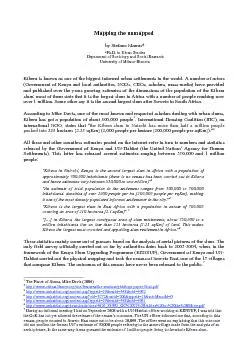
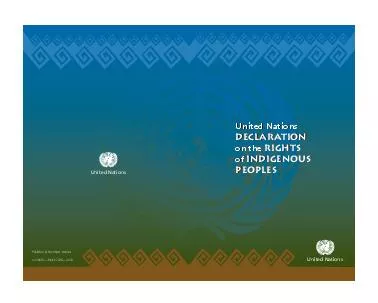


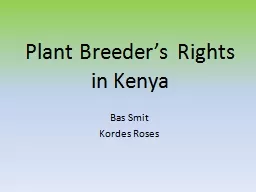


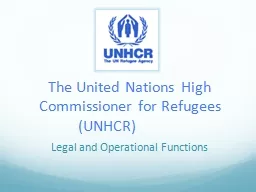

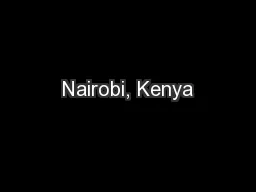



![[DOWNLOAD] Préparer et réussir le Bac Pro ELEEC - T1 Habitat individuel, locaux industriels](https://thumbs.docslides.com/1005724/download-pr-parer-et-r-ussir-le-bac-pro-eleec-t1-habitat-individuel-locaux-industriels-et-habitat-tertiair-t1-habitat-individuel-locaux-industriels-et-habitat-tertiaire.jpg)